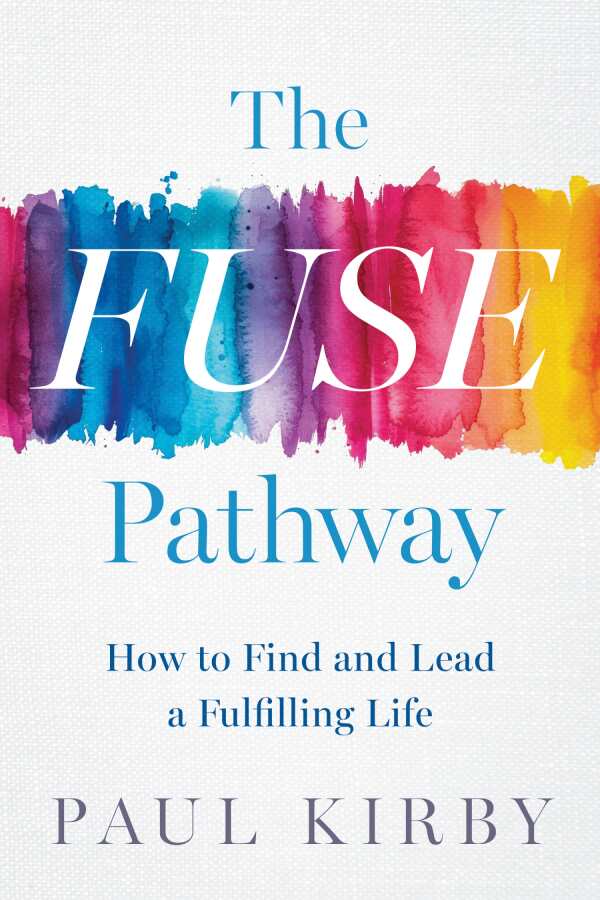The FUSE Pathway
How to Find and Lead a Fulfilling Life
The FUSE Pathway is a spirited self-help guide that encourages learning from mistakes and aligning one’s passions with one’s sense of purpose.
In artist and engineer Paul Kirby’s insightful self-help guide The FUSE Pathway, personal growth and creativity are treated as the key ingredients of a fulfilling life.
Modeling fusioneering, or the act of “combining two or more of your interests and passions to create a vision and way of life that is more in line with your true purpose,” this self-help text revolves around the acronym FUSE, for find, upgrade, start, and evolve. Flexibility in the process is encouraged, with the book advising that people adapt the process to fit their specific goals, focusing on continuous growth and adaptation. A recursive and reiterative method, FUSE also treats mistakes as opportunities to reflect. The transitions between the steps are jarring, though: Topics are dropped in succession once they’ve been discussed, and the next steps are started with insufficient segues.
The prose is conversational, with the book covering topics from robots to apple pie in a spirited manner. Discrete examples of how passions and interests fuse together are shared too. To illustrate the book’s points, for example, Hedy Lamarr, Ada Lovelace, and Tim Berners-Lee are given after-the-fact fusioneer status, with notes on how they parlayed their disparate domains of expertise or passion into noteworthy inventions: Lamarr helped create frequency-hopping technology, Lovelace’s work led to computer programming, and Berners-Lee’s work ushered in the modern internet. An experiment with building and programming a robot, Dulcinea, to make art is the book’s central example, though other examples from Kirby’s life (as with a reference to his early passion for playing with Lincoln Logs, a hobby that fed into his later career) are also included. The book traces the Dulcinea experiment from the initial idea, which was captured in a drawing on a paper plate, into the process of learning how to build the machine, programming it to be a “glorified printer,” and directing it to create original works; photographs are included.
To help make its guidance applicable, the book includes interactive elements like self-assessments. It encourages the audience to list the accomplishments that brought them a sense of personal satisfaction, for example, and to meditate on the resultant achievements. Such reflections complement the book’s overall framework too: The realignment of one’s passion and purpose recurs in each FUSE step. Pleasant color gradients further embellish the text, with the chapter breaks shifting from blue to purple to reflect the book’s dynamic progression.
The FUSE Pathway is an enthusiastic self-help guide that introduces a practical framework for achieving a meaningful life without sacrificing one’s passions.
Reviewed by
John M. Murray
Disclosure: This article is not an endorsement, but a review. The publisher of this book provided free copies of the book and paid a small fee to have their book reviewed by a professional reviewer. Foreword Reviews and Clarion Reviews make no guarantee that the publisher will receive a positive review. Foreword Magazine, Inc. is disclosing this in accordance with the Federal Trade Commission’s 16 CFR, Part 255.

